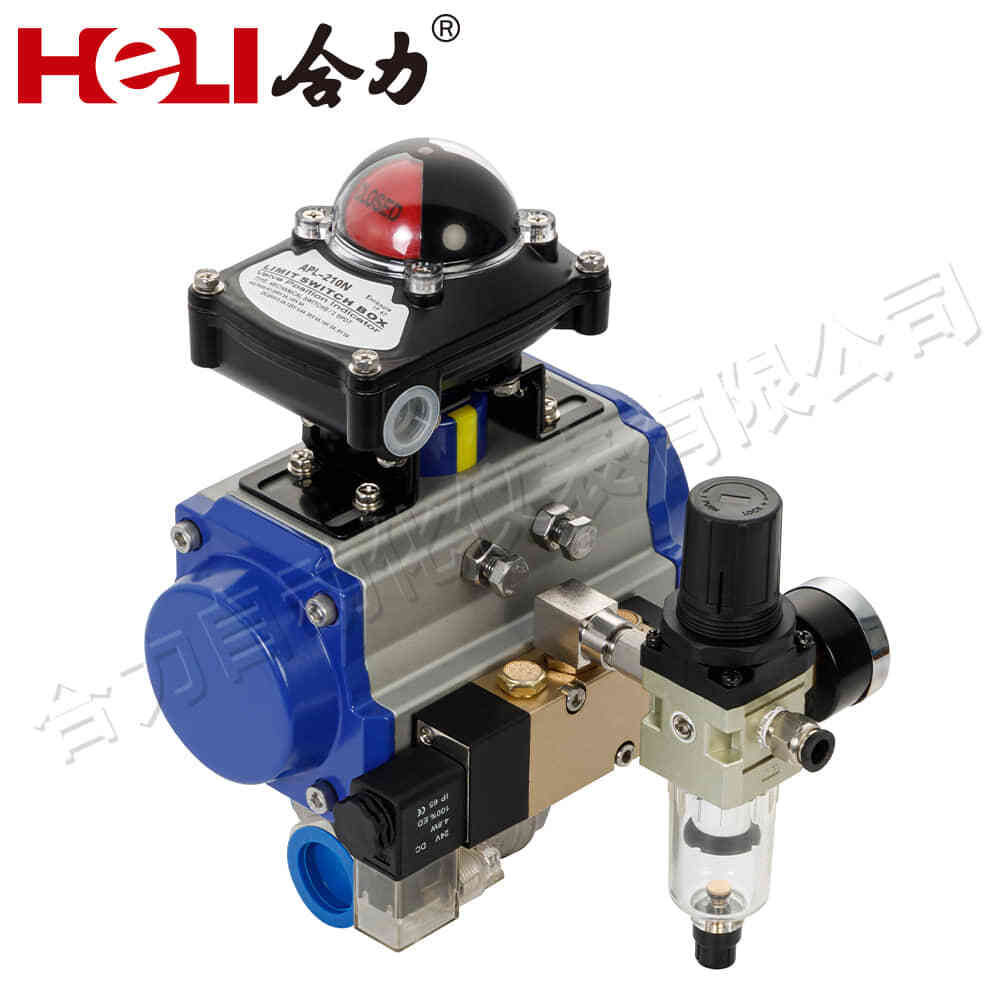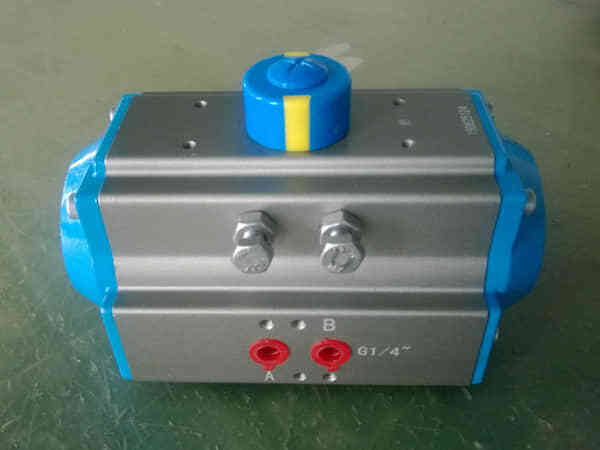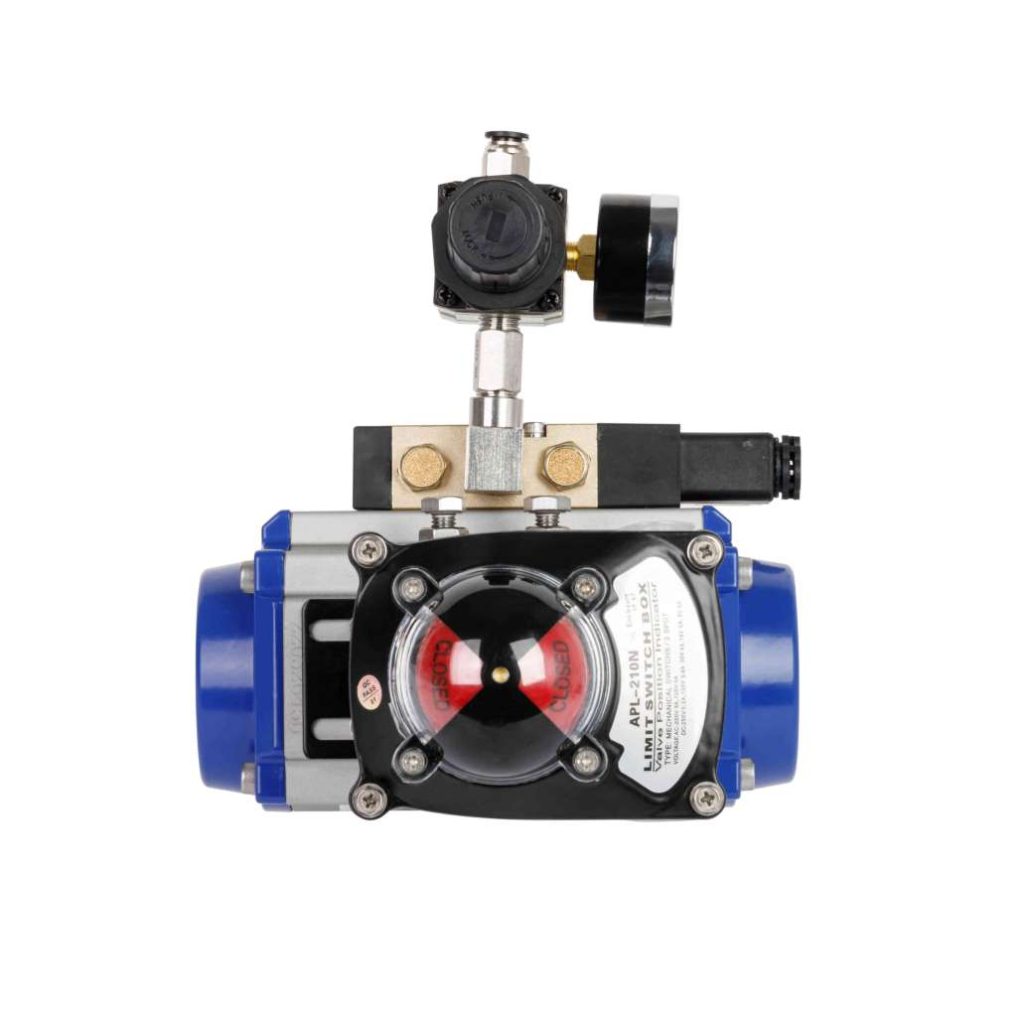Pneumatic actuators are devices that utilize compressed air to produce mechanical motion. They play a crucial role in various industrial and commercial applications, allowing for effective control of machinery and processes. This article delves into the mechanisms, types, applications, and advantages of pneumatic actuators, showcasing their significance in modern automation.

Mechanism of Pneumatic Actuators

The fundamental working principle of pneumatic actuators involves converting the energy of compressed air into linear or rotational motion. The actuator consists of a cylinder and a piston; when compressed air enters the cylinder, it pushes the piston in one direction. This motion can be harnessed in two primary forms: linear actuation and rotary actuation. In linear pneumatic actuators, the motion generated is straight-line movement. The movement of the piston can be directly linked to various mechanisms, such as valves and gates, allowing for precise control of flow and pressure in a system. On the other hand, rotary pneumatic actuators convert the linear motion of the piston into rotational motion, which is beneficial for driving equipment like gears, pumps, and conveyor belts.
